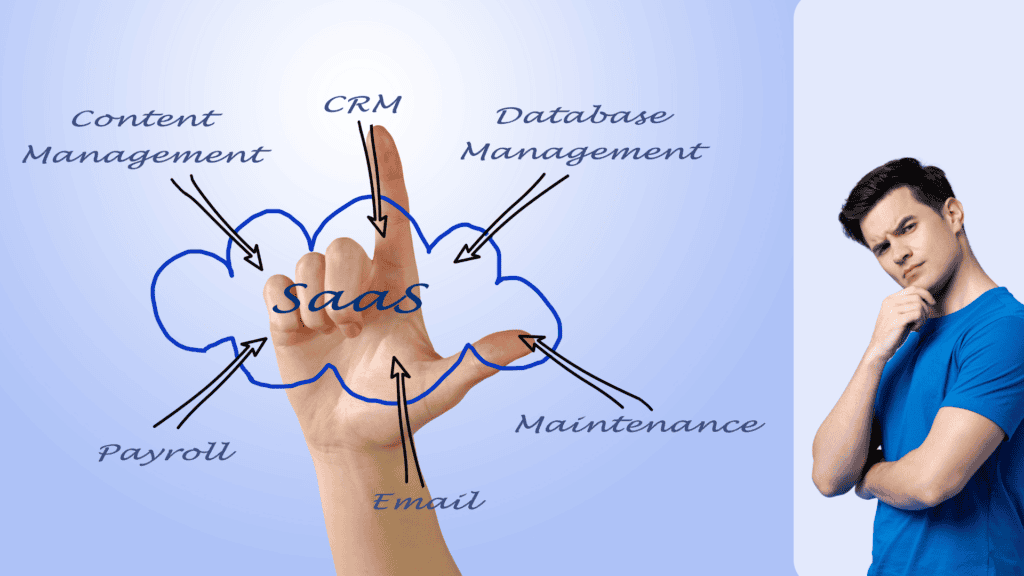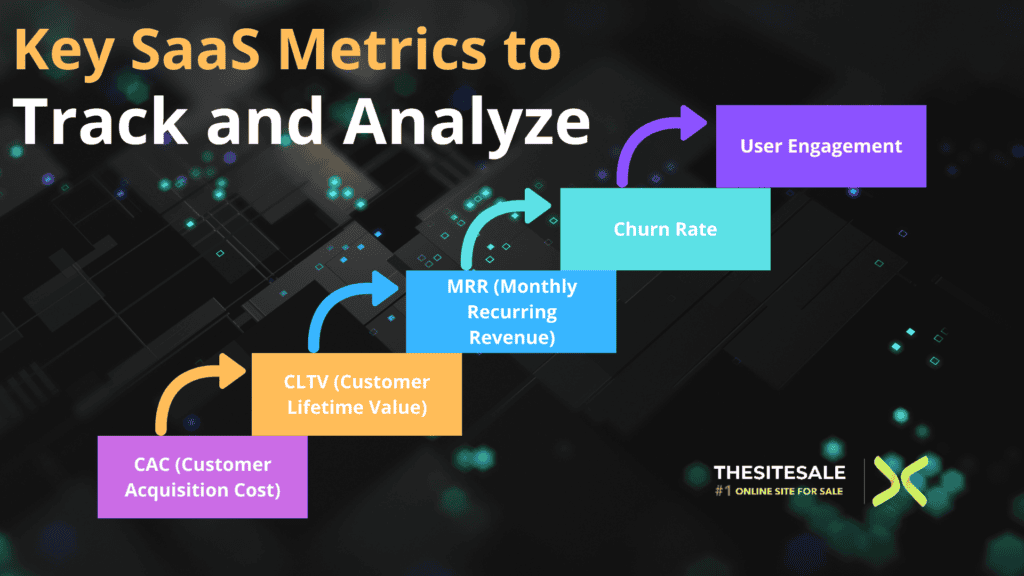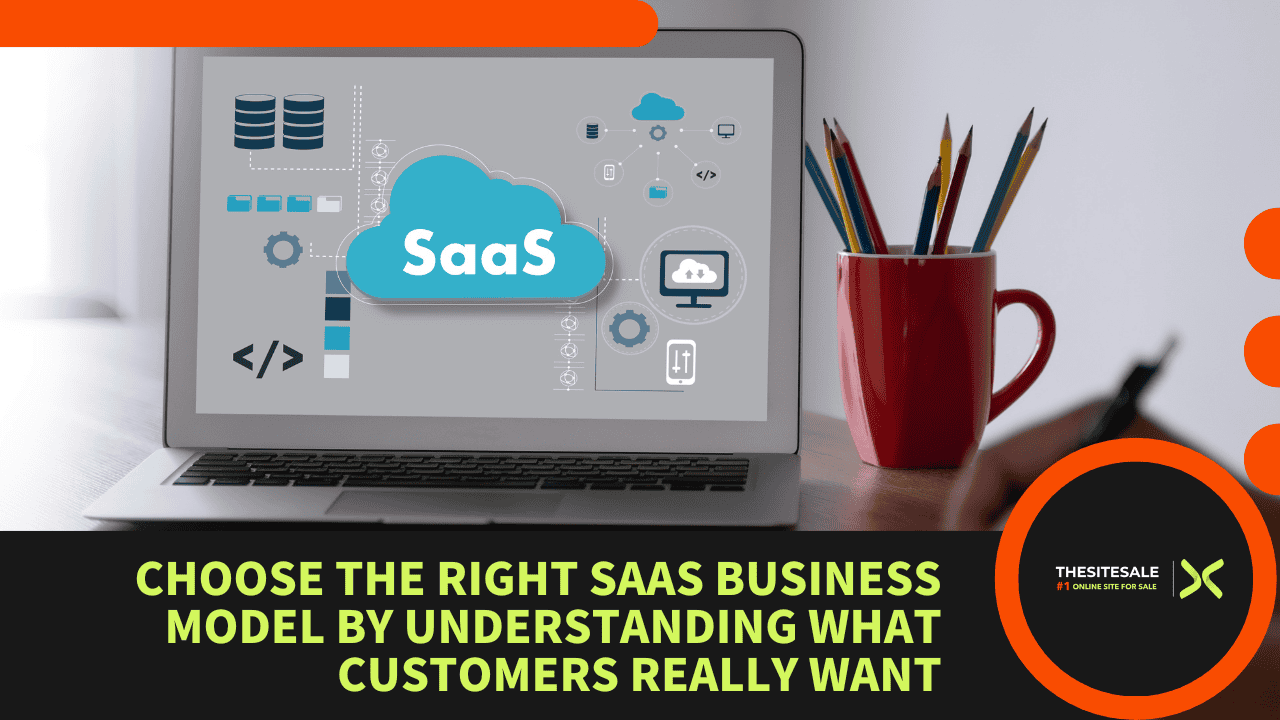According to Ketan Jawale, Digital Marketing Professional of ClickDimensions & Microsoft Dynamics CRM, “The subscription model remains the standard for many SaaS businesses due to its steady recurring revenue streams.”
“However, it’s not the only viable option; exploring different SAAS business models like freemium, open-core, or “land-and-expand” can open up new pathways for growth.”
assets.kpmg.com/content/dam/kpmg/pdf/2016/07/transforming-saas.pdf
When starting my first SaaS tool, I wasn’t sure which SAAS business model would work best. Yes, the subscription model is popular. But there are important factors to consider, like your product, customers, and goals.
Unless you understand the pros and cons of each model, you may pick one that doesn’t fit. That’s why I decided to explain the top five models here.
You’ll learn how they work, strengths to leverage, and questions to help pick the right one for your needs. This will help ensure your SaaS business gets off to a smooth start toward long-term success!
Key Takeaways
- SaaS (Software as a Service) lets you use software over the internet for a subscription fee, ditching upfront costs and complex installations.
- This model offers recurring revenue for businesses and easy access & updates for customers (think Netflix for software).
- Key to success: target the right audience, solve a clear problem, and choose the best pricing model (flat fee, freemium, etc.) to maximize customer value and growth.
Above you have read the key takeaways. So if you feel this article is not what you are looking for. Get the hell out of here!!! haha😂, I’m just kidding.
Moving on.
What is a SaaS Business Model?

A SaaS business model delivers cloud-based software to customers through an internet browser – usually with a monthly subscription payment system.
Some key characteristics:
- Scalable solutions: customers can access more storage, bandwidth, or features as needs grow without installing new software.
- On-demand software: users access the software remotely through the web without having to install and run the application on their own computers.
- Software delivery model: instead of purchasing licenses to install the application, customers subscribe to access the software and related services for a monthly or annual fee.
- Recurring revenue streams: subscriptions provide predictable cash flow over time rather than just one-time license fees.
- Deployment models: software vendors manage the hosting and maintenance of the application, freeing customers from these responsibilities. Upgrades are done seamlessly.
When starting in the SaaS world, I was overwhelmed by all the moving pieces involved in running a successful business. Here are the main characteristics of SaaS I learned are important after trying different strategies:
| Characteristic | Details |
|---|---|
| Cloud-based delivery | Software is accessed via the internet rather than installed locally on individual devices. |
| Subscription model | Recurring monthly or annual fees rather than one-time licenses provides predictable cash flow. |
| Scalable solutions | Infrastructure easily scales to meet growing or fluctuating user demand without disrupting experience. |
| On-demand access | Users get instant access to the latest version through a web browser on any device rather than installing/updating themselves. |
| Software maintenance | Vendors manage all hosting, support, and upgrades remotely without involving customers. |
| Predictable costs | Subscription costs are known in advance and fixed rather than unexpected hosting or support fees. |
The subscription and cloud-oriented approach are what differentiates SaaS from traditional on-premise software sales models. Keeping these characteristics in mind helps guide decisions around pricing strategies, deployment options, marketing channels, and more.
Why Choose a SaaS Business Model?
Choosing a SaaS model had many advantages over traditional software sales when I started my first company. Here are some of the top benefits:
| Recurring Revenue Streams | Subscription fees provide predictable cash flow month to month rather than just one large payment. |
|---|---|
| Lower Upfront Costs | Cloud hosting, software development, and user support are all handled remotely with minimal infrastructure investment. |
| Scalability | Systems easily scale to meet fluctuating user demand without disrupting experience or requiring new purchases. |
| Easier Updates | New versions roll out seamlessly to all customers simultaneously rather than a complicated upgrade process. |
| Simplified Billing | One centralized system manages all billing rather than many individual license contracts. |
Benefits for Customers
At the same time, customers gain valuable perks from the SaaS model that traditional software lacks:
| Pay-As-You-Go Costs | Subscribe for only months needed rather than large upfront fees that go to waste if plans change. |
|---|---|
| Universal Access | Use software from any device with web access rather than being tied to a single desktop. |
| Instant Updates | Always running the latest version without tedious software installations or compatibility hassles. |
| Reduced IT Burden | No software servers, licenses, or technicians are needed – all are managed remotely by the vendor. |
| Scalable Storage | Storage, bandwidth can grow as needed without exceeding pre-set limits. |
These benefits help explain why SaaS rapidly became the dominant model for software delivery across many industries.
The Core Components of a Winning SaaS Business Model

Value Proposition
When starting my first SaaS, clearly communicating how we solve problems was crucial. Here are some key aspects of the value proposition:
- Identifying Problems – We addressed the pain of tedious data entry processes for small businesses.
- Differentiation – Our streamlined dashboard optimized speed better than clunky spreadsheets.
- Value Proposition Statement – “We provide a faster way to manage orders and inventory so small businesses can grow their profits.”
Target Market
Thorough market research on our potential customers helped increase conversions.
- Ideal Customer Profile – Small retail and food businesses with 5-15 employees.
- Market Needs – They wanted affordable software to simplify daily operations tasks.
- Budget – Around $50-100/month was an acceptable cost.
Customer Acquisition
We found the most effective strategies were:
| Content Marketing | Blog posts about common business challenges and how our product solves them. |
|---|---|
| SEO Optimization | Keywords focused on small business operations’ pain points and solutions. |
| Paid Search Ads | Targeted local geographic regions and relevant job roles. |
| Tradeshow Booths | Met potential customers in person to demo the product. |
| Partnerships | Teamed with local chambers and associations for referrals. |
Revenue Model
Popular Pricing Models:
| Subscription Plans | Monthly plans from $25-$100 for varying features and users. |
|---|---|
| Freemium Model | Free basic version with paid upgrades for premium features. |
| Usage-Based Pricing | Charging $1/order or $5/inventory look up beyond a monthly minimum. |
Choosing Pricing:
We went with tiered monthly plans along with usage components to capture a broad range of customer needs.
Customer Success
Post-sale, my top priorities were making the onboarding seamless and being extremely responsive to any support questions. This helped boost renewals.
Key SaaS Metrics to Track and Analyze

When starting out with my first SaaS, I found tracking key metrics critical for understanding customer trends and making decisions. Here are some of the main metrics:
1. CAC (Customer Acquisition Cost)
Total spent to acquire one new customer divided by number of new customers in a set period.
2. CLTV (Customer Lifetime Value)
Lifetime revenue projected from a customer minus costs to acquire and support that customer.
3. MRR (Monthly Recurring Revenue)
Revenue from customers in a given month that will continue into future months.
4. Churn Rate
Number of customers who stop paying or cancel their subscriptions each month.
| Metric | Formula |
|---|---|
| CAC | $ Spent on Marketing / New Customers Acquired |
| CLTV | (Average Order Value x Profit Margin) x Retention Rate / Churn Rate |
| MRR | Total Monthly Revenue from Active Recurring Subscriptions |
| Churn Rate | (# Canceling Subscriptions / Total Subscriptions) x 100 |
5. User Engagement
Logins, time spent using the software, activities, or feature usage help assess adoption.
Tracking these key SaaS metrics at regular intervals helps make data-driven decisions around operations, pricing strategies, and identifying at-risk customers before churn. Over time, optimizations help reduce CAC and churn while increasing MRR, LTV, and user engagement.
Advanced Strategies for SaaS Success

Building a Strong Brand
When starting out, building an identifiable brand took my SaaS further.
- Brand Identity – Our visuals, colors and messaging focused on simplifying complex tasks.
- Thought Leadership – I regularly shared industry studies and ideas for productivity on blogs and social media to establish expertise.
Fostering a Community
Engaging directly with customers provided valuable peer learning.
- Online Forums – Our customer discussion board facilitated solving problems and feature requests.
- Customer Stories – Case studies highlighting real successes supported others and brand awareness.
Embracing Innovation
Constant refinements kept the product fresh.
- New Features – Based on community input, recent additions improved collaboration workflows.
- Future Roadmap – Sharing a tentative vision like AI-assistance earned trust that we wouldn’t rest on past accomplishments.
| Action | Purpose | Impact |
|---|---|---|
| Branding | Clarity of who you serve and differentiate in crowded markets. | Attract ideal customers and increase conversion rates. |
| Community Building | facilitated collaboration, reduced cost of support. | Higher satisfaction, engagement and word-of-mouth marketing. Lower churn. |
| Regular Innovation | Responded to changing needs, competitive landscape. | Strengthened value prop, set you apart from stagnating rivals and justified price increases. |
These long-term strategies helped sustain growth for years beyond the early adopters.
Conclusion
Looking back, the SaaS business model enabled tremendous opportunities after starting my first cloud-based solution years ago. Here are some key takeaways:
Recapping Benefits
- Predictable recurring revenue
- Lower costs without extensive infrastructure
- Scalable systems that grew with demand
- Easier global client access and support
Continued Successes
The SaaS trends that began over a decade ago have transformed most software industries:
- Nearly 70% of all new software is now delivered via the cloud.
- The global SaaS market size has skyrocketed to over $100B annually.
- 98 of the Fortune 100 companies now use at least one SaaS solution.
Future Potential
There are still immense opportunities ahead as organizations adopt cloud-based services:
- Emerging technologies like AI and IoT open new ways for SaaS to automate tasks.
- Younger startups are raising the innovation bar across many sectors.
- Developing markets are a major growth driver as internet connectivity spreads.
In summary, the SaaS model revolutionized business software delivery worldwide. Its scalable, flexible nature makes it ideally suited to power the technologies that will shape tomorrow’s enterprises as well.
Was this helpful?
I am an experienced SEO Specialist with a deep understanding of search engine optimization best practices. I am passionate about helping businesses improve their online visibility and drive organic traffic to their websites.





